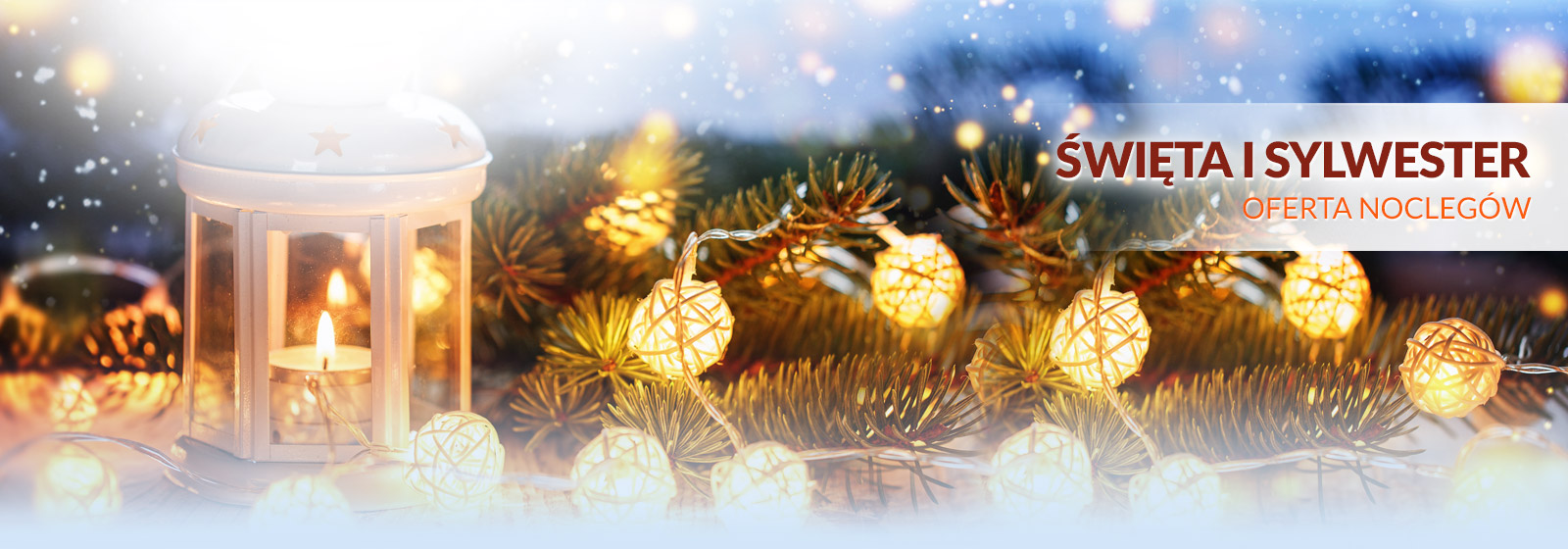The Government of the Second Polish Republic did not forget about the famous resort. In the first post-war years the government sent a commission which decided on the renovation and further development of Krynica. The first appointed director of the restored Spa Administrative Commission was Leon Nowotarski. His excellent management of the spa resulted in its rapid revival.
In 1923, the contemporary Polish President Stanisław Wojciechowski laid the foundation stone for the ‘Nowe Łazienki Mineralne’ building (New Mineral Baths) which were opened five years later. Many new guest houses, hotels and private mansions were also built. In 1928 there were 164 such buildings in the resort, the most important ones being the hotel "Patria" (owned by Jan Kiepura, a famous polish singer very attached to Krynica), the New Spa House (with 150 beds) and the large sanatorium 'Lwigród'.
Krynica’s developed was not only due to its health resort function, but also due to its beautiful surroundings. Since 1934 the amateurs of mountain tourism could enjoy the hospitality of the Jaworzyna mountain shelter built by the branch of the Polish Tatra Society. In 1930 a ski jump and a toboggan track were opened, and in 1938 the cable car to Parkowa Mountain was finished. All this attracted large numbers of sports enthusiasts to the resort.
Interwar Krynica had a diverse, multicultural society. In 1931, out of 4,626 residents 60% were Poles, 15% Lemkos and 25% Jews. This mosaic of various nationalities was further enriched by the presence of visitors and holidaymakers. Firm ties existed also between the town and many local Lemko residents who work in the spa resort or lived from selling regional articles and domestic products. In the interwar period the town population was politically and socially very active. Among the Poles, a branch of BBWR (Nonpartisan Bloc for Cooperation with the Government, a "non-political" organization that existed in 1928–35 which strongly supported the government) was operating. In addition, there was a branch of Polish Socialist Party (mainly railroad and immigrant workers). The main focus of Polish locals, however, was cultural and social life rather than politics. The Folk Art Society and the Hockey Association (the local hockey team was for many years the best in the country) enjoyed great popularity. Construction of a sledge track in the interwar period made Krynica the centre of Polish tobogganing.The Jews who were the second large ethnic group formed a cell of an Orthodox organization "Agudas Iisrael" (known as ‘the Aguda’) and a Zionist organization "Mizrachi", as well as many social, cultural and educational - oriented groupings, such as the "Talmud Torah" or the "Beth Jacob".
The most varied and active were Lemkos. Although only few in the town, they were almost 100% of the population in the surrounding villages. This group was divided into two political orientations. The first assumed that Lemkos are part of the Ukrainian nation, the second (Ruthenian) claimed Lemkos strong ethnical connections with Ruthenia. The latter orientation, dominant in the entire district of Nowy Sącz and Gorlice before the World War II, was particularly popular among intellectuals and politically active Lemko villagers. The rural peasant organization “Ruska Party” (under the leadership of dr. Oreste Hnatyszak) was active in the Krynica-Village. Also the Lemko Association initiated in 1934, an organization concerned mainly with providing a better education for the Lemko population, was active here. Lemkos committment to cultural field was strong: they had their own reading room, a choir with 72 members and an orchestra. The musical ensemble in the traditional Lemko folk costumes regularly concerted for the spa resort visitors and made frequent concert trips to Lviv and Zakopane.
Krynica Spa slowly became popular in Europe and drew many celebrities from Poland and abroad who came here for health treatments. Jozef Pilsudski (the honorary citizen of the town), Ignacy Mościcki, Felicjan Sławoj Składkowski, Vincenty Witos and the Dutch Queen Juliana visited the resort. The renown Polish opera singer Jan Kiepura, a particularly affectionate admirer of the resort built his own hotel here.





